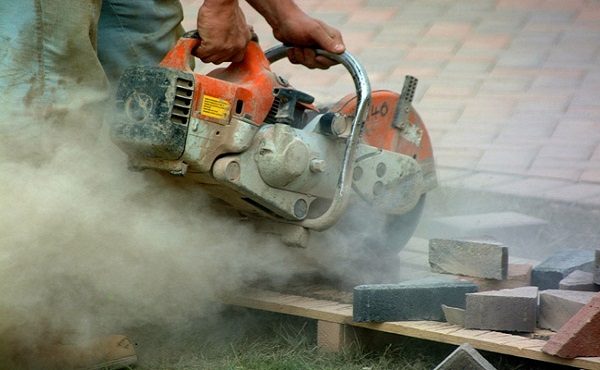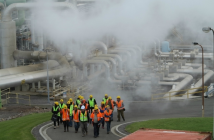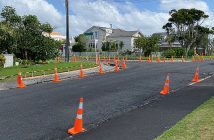A civil infrastructure company has turned to the Internet of Things (IoT) to help monitor levels of noise, dust and vibration in real time that until recently, required on-site manual testing

Construction teams can find it challenging to monitor the levels of noise, dust and vibration produced in real time on worksites.
Delayed monitoring or inaccurate reporting can lead to potential breaches in compliance, resource consents, health and safety, and complaints from local residents, which can then cause project delays and potentially added costs.
The solution Dempsey Wood has deployed in partnership with specialised IoT company, Adroit, runs over the Spark New Zealand Cat-M1 IoT network.
Dempsey Wood Innovation Engineer, Wil Killip says working within strict consent limits around emissions has constantly been a challenge and maintaining a positive relationship with nearby residents is crucial.
“The use of heavy machinery on worksites within busy residential areas comes with the obvious disturbances of noise, vibration and if the weather is dry, copious amounts of dust.
“We needed to find a smart way to help keep our levels of emissions down and surrounding residents happy so we’ve leaned on Environmental Monitoring specialist company Adroit and Spark IoT, to deploy a range of sensors that will alert us to any impending breaches.
“Internet connected sensors monitor environmental site parameters of noise, vibration and dust. It is also modular, so we can easily add more sensors to monitor different parameters such as sediment in water run-off or even weather conditions.
“Data from the sensors is then transferred to an easy-to-read visual dashboard that lines up with the thresholds in our actual project resource consents, providing an easy overview for our staff to know when we might be close to crossing a threshold and alerting us through our phones on email or app so we can act swiftly to avoid any disruption.”
Dempsey Wood are using the new technology at a worksite in Lower Hutt where they are building a new Summerset retirement village.
Adroit Founder and Technical director, Ulrich Frerk says moving to a real time IoT based reporting system has provided Dempsey Wood the ability to ensure safe, comfortable conditions for people, both onsite and in surrounding areas to work and live in, as well as to help mitigate complaints and to support internal compliance monitoring.
“When we first started talking to the team at Dempsey Wood it was clear that they wanted to take a more proactive approach to being a trusted contractor in the communities they work in. Instead of waiting for complaints to come through, they now have a clear view of what can be done to avoid them.
“For instance, in the past – a contractor would be called out to measure the cause of the complaint and report the result. This is both time and cost consuming. Now, instead of getting to that point, they may get a heads-up through our technology that their dust levels are getting a bit close to what’s not appropriate and can act quickly – deploying more water carts to dampen dust, avoiding delays to projects and even better, grumpy neighbours.”
The Dempsey Wood installations are still fairly recent, but the data being reported is already giving the Dempsey Wood team more confidence in their operations and systems.
“I can look at it right now and see that our dustier site is showing a dust reading of 9.16 micrograms per cubic meter, which is very low – well below the maximum acceptable limit. It is really comprehensive data because it runs 24/7, so I feel confident that our control methods are in place to mitigate these pain points of the past,” says Killip.
- To aid management of site compliance, noise data collected by sensors can also derive values such as LAeq and Lmax to represent average and peak sound levels experienced on the site.
- Dust sensors measure three sizes of particles, and thresholds can be set for all three, with alerts pushed to management teams if a breach occurs.
- Vibration and dust sensors can be used separately, or from the same location on site, so the dust sensor can be placed to get the most accurate reading according to wind direction and strength.







